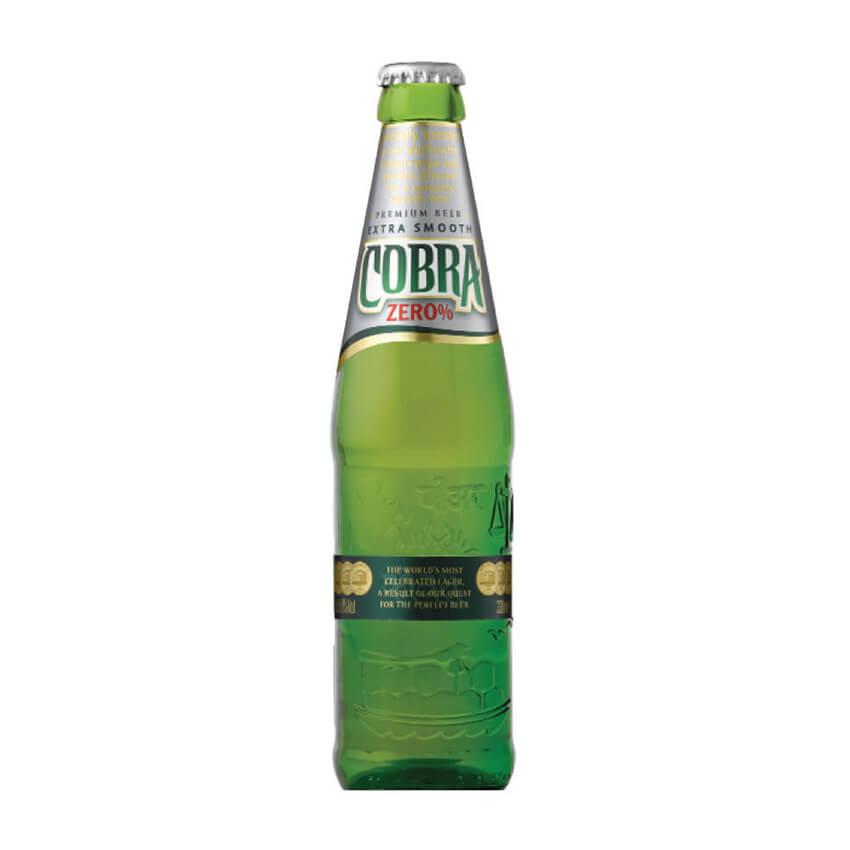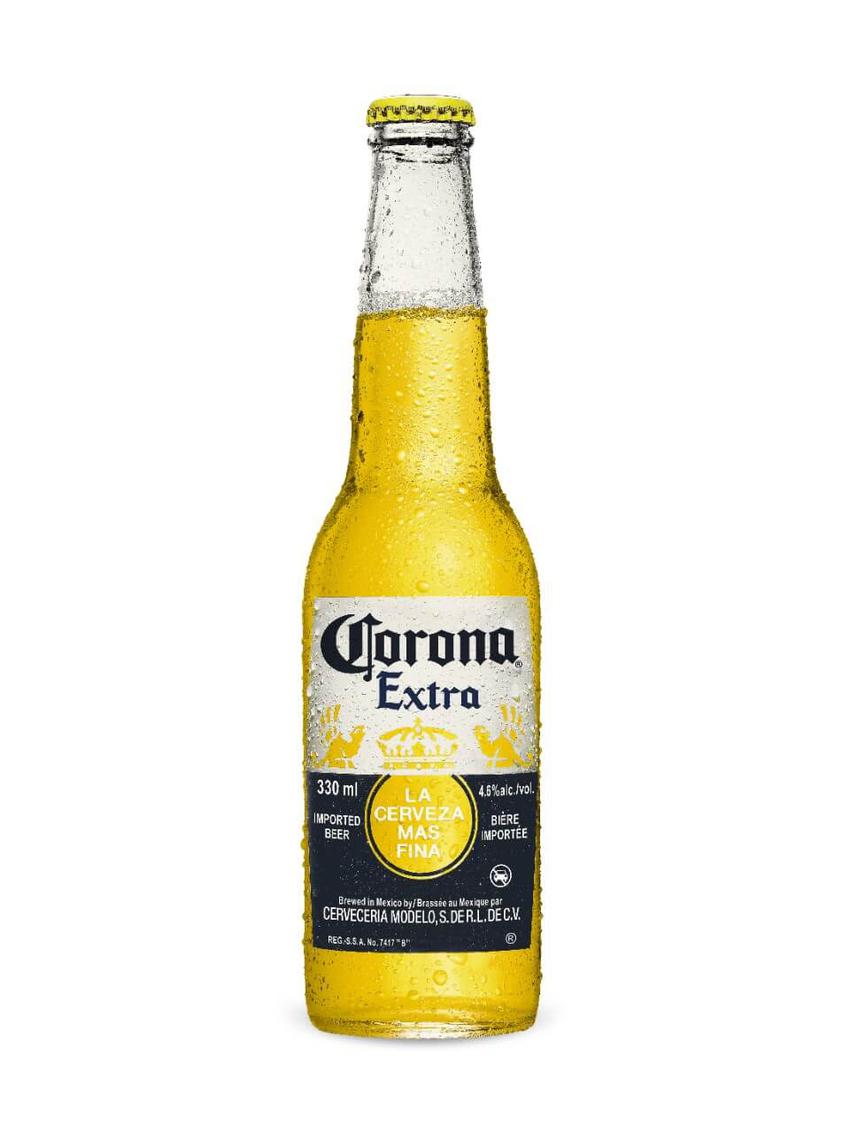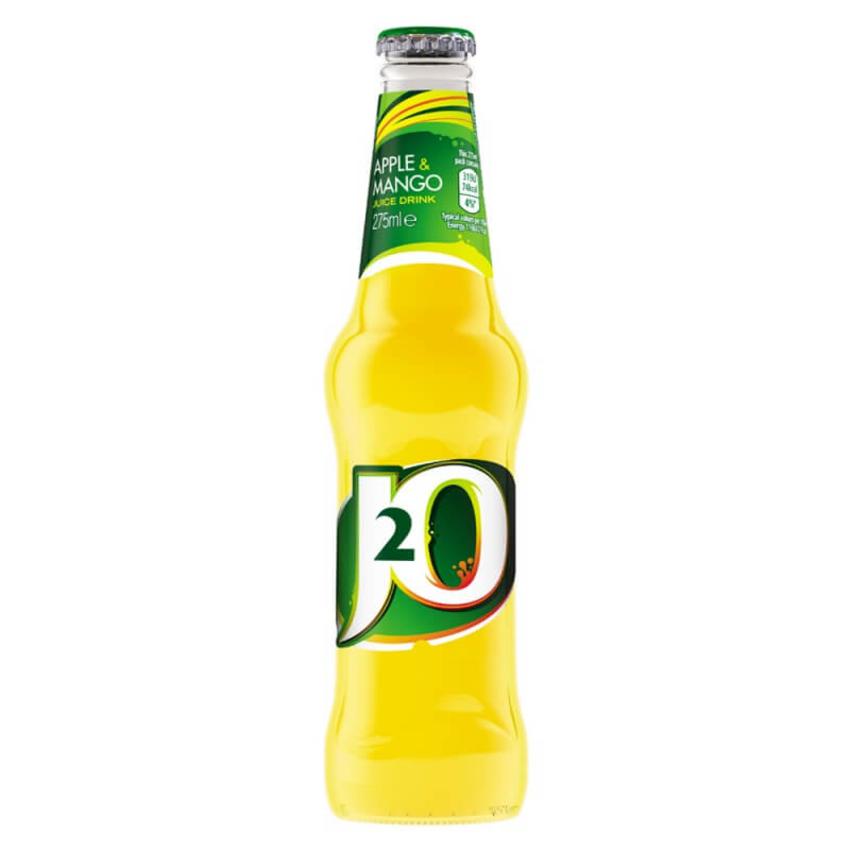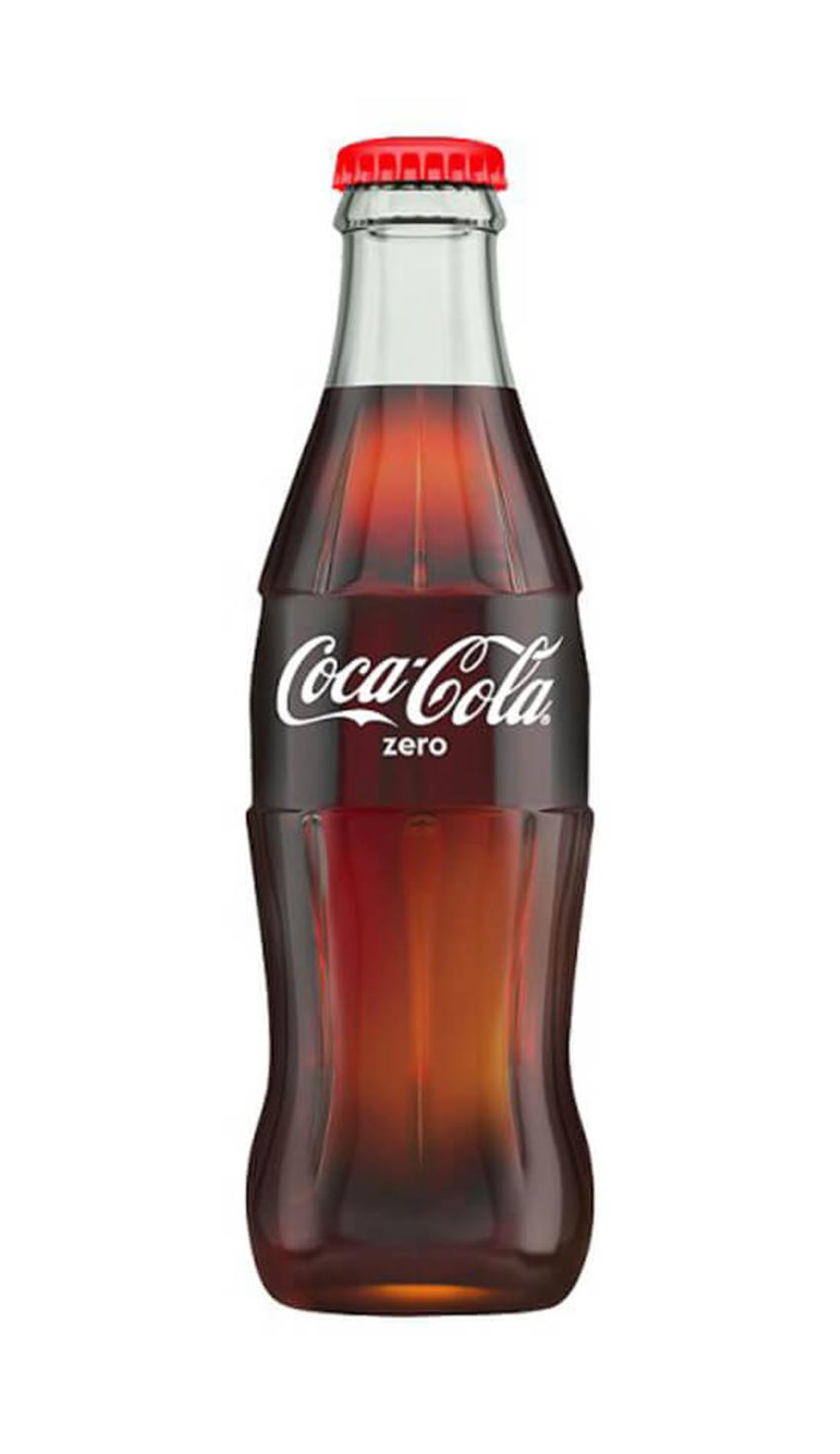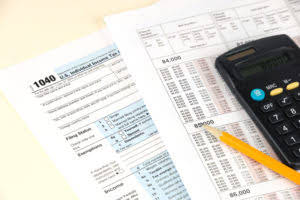
Charitable giving is also another shield that can lower a taxpayer’s obligations to the IRS. Itemized deductions must be used by the taxpayer, and the deductible amount can reach as high as 60 percent of the taxpayer’s adjusted gross income. If your out-of-pocket medical costs were more than 7.5% of your adjusted gross income (AGI) last year, you’ll gain this tax shield. You had $10,000 of medical costs last year, meaning you’ll receive a $6,250 deduction for medical expenses. Anyone planning to use the depreciation tax shield should consider the use of accelerated depreciation. By using accelerated depreciation, a taxpayer can defer the recognition of taxable income until later years, thereby deferring the payment of income taxes to the government.
However, the interest tax shield approach encourages the companies to finance the projects with debt since the dividends paid via equity investors are not tax-deductible. Therefore, while the company paid $100,000 for the machinery, the actual after-tax cost is effectively lowered to $73,000 ($100,000 – $27,000) thanks to the depreciation tax shield. This is one of the ways companies manage their tax liabilities and improve cash flows. Depreciation tax shields are important because they can improve a company’s cash flow by reducing its tax liability.
Straight-Line vs Accelerated Depreciation – Valuation Impact
An interest tax shield approach is useful for individuals who want to purchase a house with a mortgage or loan. Also, like depreciation, the interest tax shield approach differs from country to country. For example, To use the tax shield approach, an individual acquires a house with a mortgage. However, the interest expense linked with a mortgage is tax-deductible, which offsets against the individual’s taxable income. It is inversely related to the tax payments higher the depreciation tax shield lower will be the depreciation.
If your deductions don’t add up to an amount greater than your standard deduction, you won’t get as large of a return by itemizing. Meanwhile, the company maintains its own depreciation calculations for financial statement reporting, which are more likely to use the straight-line method of depreciation. This alternative treatment allows for the use of simpler depreciation methods for the preparation of financial statements, which can contribute to a faster closing process.
Accounting Software Do Beautiful Business
Each approach has its merits and may be the most suitable for a specific asset and situation. That said, in most cases, the straight-line method is the go-to option. Depreciation using the straight-line method reflects the consumption of the asset over time and is calculated by subtracting the salvage value from the asset’s purchase price. That figure is then divided by the projected useful life of the asset. As mentioned above, the straight-line method or straight-line basis is the most commonly used method to calculate depreciation under GAAP. It results in fewer errors, is the most consistent, and transitions well from company-prepared statements to tax returns.
So, if they do it later in the year, they will not be in a position to achieve maximum saving on their taxable income. It is debited to the profit and loss account as expenses, reducing the profit and tax. It is the amount of tax saved due to depreciation expense which calculates as depreciation debited as expenses multiplied by the applicable tax rate to the entity. Depreciation is allowable to the business entity for the assets used for business, and on personal investments, no depreciation is allowed as expenses. For example, if the organization’s profit is $ 500,000 before depreciation and depreciation is $ 200,000, and the applicable tax rate is 20%. The influence of removing or adding a tax shield approach is impacted by the optimal capital structure ( mix of equity and debt funding) that the company chooses.
What is a Depreciation Tax Shield?
For example, if an individual has $2000 as mortgage interest with a tax rate of 10%, then the tax shield approach will be worth $ 200. Moreover, they use different depreciation methods like the sum of years digits and double-declining balance method (to utilize the time value of money) to lower taxes for recent years. If an individual or a business has medical expenses more than the standard deduction, can choose to itemize and then the excess or rest over amount is tax-deductible. The tax shield refers to the amount of tax that has been saved by claiming depreciation as an expense. It’s calculated by multiplying the depreciation expense by the tax rate.
Cash Flow After Taxes (CFAT): Definition, Formula, and Example – Investopedia
Cash Flow After Taxes (CFAT): Definition, Formula, and Example.
Posted: Sat, 25 Mar 2017 18:54:30 GMT [source]
Taxes are levied on tangible property, including real estate and business dealings like stock sales or house purchases. Income, corporate, capital gains, property, inheritance, and sales taxes are among the several types. It is accomplished by utilizing legal deductions such as mortgage interest, medical costs, charity contributions, amortization, and depreciation. The result is the tax savings resulting from the reduction in taxable income due to depreciation. Therefore, depreciation is perceived as having a positive impact on the free cash flows (FCFs) of a company, which should theoretically increase its valuation.
Medical Costs
The deductible amount can be 60% of the person’s adjusted gross income depending on certain situations. For example, for the year 2019 or 2020, a person can deduct the amount linked with dental or medical expenses that exceed 7.5% of adjusted gross income( by filing schedule A). There is no one best method of calculating depreciation for tax reporting purposes.
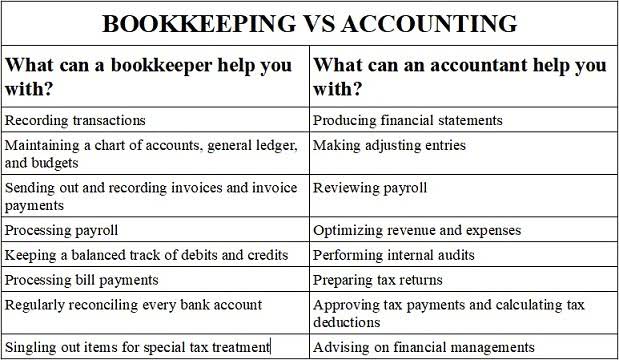
Depreciation is considered a tax shield because depreciation expense reduces the company’s taxable income. When a company purchased a tangible asset, they are able to depreciation the cost of the asset over the useful life. Each year, this results in some amount of depreciation expense for tax purposes. This small business tool is used to find the depreciation tax shield by using tax rates and depreciation expenses. Since adding or removing a tax shield can be significant, many companies consider this when exploring an optimal capital structure. An optimal capital structure is a good mix of both debt and equity funding that reduces a company’s cost of capital and increases its market value.
Whereas if a company do not take depreciation into account, then the taxable income is higher. When you run a business, the equipment needed – such as computers and printers – wears out over time. Likewise, if you have depreciation tax shield formula investment properties or other assets that depreciate, you can quantify this loss of value in a tax deduction. For instance, IRS standards dictate that a commercial property generating revenue depreciates over 39 years.





















